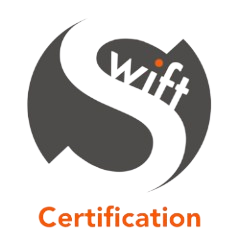Implementing ISO 9001 is quite the task, so now, how do you maintain it and remain compliant?
Your auditor will visit every year for your surveillance audit and then after 3 years perform a recertification audit to renew your certificate. Between these visit’s, it’s important to not let the hard work you have done so far slip and as a result, potentially miss out on the benefits of a well-maintained quality management system.
5 Tips To Keep Your Quality Management System Up To Scratch
Plan, Do, Check, Act
Plan
Have a look at where you are now. Are there any obvious parts of your quality management system that need improvement or have been neglected? How can you rectify this? Who do you need to help you do that? How can you communicate with your team the importance of doing this?
Do
You know what you need to do, time to implement the plan and ensure your team knows what they need to do and has the proper tools and training to do it effectively.
Check
Now that the plan is realised and implemented, how has it performed? Has it achieved what you had hoped it would or does it need further attention? Gather your evidence ready for the Act phase.
Act
Take a look at your overall plan and its results to see how well it has performed, what you could potentially do next and how you can learn from it. Document your findings well here so you can demonstrate to your auditor on their visit that you have practised continual improvement and refer back to it yourself in the future.
Training
When you implemented your ISO 9001 Standard, you likely considered the training your staff would need to help the QMS function properly – how has this training held up? Could your staff benefit from a re-cap or re-training? How can you offer this training and measure its efficacy?
Customer Response
Often customers are the first indicator that something isn’t performing as it should. Quality management systems are beneficial for both the customer and the business. How is your customer satisfaction score? Have you been monitoring it closely? If not, now is a good time to get in touch with your customers and ask them for honest testimonials and reviews. Don’t be nervous about potentially negative feedback as it is the ideal opportunity to identify weak points within your system and amend them promptly.
Business Development
How has your business changed since your auditor last visited? Are there any major changes that need addressing to ensure compliance? If there have been changes, are your employees aware of the updated roles and responsibilities in relation to them? Do they need any further support or education?
Internal Audits
Finally and most importantly of all, make sure you are conducting regular internal audits prior to auditor visits. These are essential to ensure you can identify and fix any potential issues before the audit process and avoid any minor or even major non-conformances. An internal audit allows you to recap with all staff members their roles within the quality management system and give them a chance to ensure any and all documentation is up to date and that they have not missed any important tasks pertaining to the ISO 9001 standard.
